As we have traveled throughout the world, wildlife conservation and protecting our planet has become a priority.
Conservation is a critical issue that affects the future of our planet. It requires individuals who are willing to take a stand and lead by example, inspiring others to join the cause. Throughout history, there have been remarkable conservationists who have motivated us to preserve our planet through their actions and dedication. These individuals have not only made significant contributions to the field of conservation but have also inspired countless others to follow in their footsteps. We wanted to share the lives and legacies of five such conservationists that have inspired Kati and I who have left an indelible mark on the world.
Louis Leakey: Pioneering Anthropologist and Archaeologist
Most people know Louis Leakey as the man who sent the “Trimates” to different parts of the world to study primates in the wild. This, he hoped would give a better understanding to human evolution. The names of the “Trimates”? Dian Fossey, Jane Goodall, and Birutė Galdikas. Besides the Trimates, Louis and his wife Mary made important major discoveries, demonstrating that life evolved in Africa.
Louis Leakey, a pioneering anthropologist and archaeologist, dedicated his life to unraveling the mysteries of human evolution. Born on August 7, 1903, in Kabete, Kenya, Leakey’s work revolutionized our understanding of human origins and shaped the field of anthropology. His groundbreaking discoveries, tireless excavations, and commitment to conservation have left an indelible mark on the scientific community and the world at large.
Growing up in Kenya, Louis Leakey developed a deep connection with the natural world and its inhabitants. His parents, missionaries Harry and Mary Leakey, instilled in him a love for nature and a curiosity about the origins of life. Leakey’s childhood experiences, including encounters with local tribes and wildlife, laid the foundation for his future career as an anthropologist.
Leakey’s education further shaped his path. He studied at St. John’s College, Cambridge, where he immersed himself in the study of archaeology and anthropology. Influenced by his mentor, Sir Arthur Keith, Leakey became fascinated with the idea of tracing human evolution through fossil evidence. This passion would drive him throughout his life.
Louis Leakey’s most significant contributions to the field of anthropology came through his groundbreaking discoveries. In 1959, Leakey and his wife, Mary Leakey, unearthed the fossilized remains of a hominin species in Olduvai Gorge, Tanzania. This discovery, known as Zinjanthropus boisei or “Zinj,” provided crucial evidence for the existence of early human ancestors.
Leakey’s subsequent discoveries further solidified his reputation as a leading figure in human evolution research. In 1960, he discovered Homo habilis, an early human species that lived approximately 2.3 million years ago. This finding challenged the prevailing belief that Homo erectus was the earliest human ancestor.
Louis Leakey’s legacy as a trailblazing anthropologist and archaeologist lives on, even after his passing in 1972. His contributions to the field of anthropology continue to shape our understanding of human evolution, and his commitment to conservation serves as an inspiration for future generations.
Leakey’s work reminds us of the importance of curiosity, perseverance, and interdisciplinary collaboration in scientific research. His legacy serves as a testament to the power of human curiosity and the potential for individuals to make lasting contributions to our understanding of the world around us.
George Schaller: A Lifetime Dedicated to Protecting Earth’s Biodiversity
George Schaller is special to Kati and I. We sometimes feel that we are traveling in his footsteps.
George Schaller is a name synonymous with wildlife conservation and the protection of endangered species. Born on May 16, 1933, in Berlin, Germany, Schaller’s passion for nature and wildlife began at a young age. Throughout his illustrious career, he has conducted groundbreaking research, spearheaded conservation efforts, and inspired countless individuals to join the fight for endangered species. Schaller’s work has left an indelible mark on the field of conservation biology, making him a true champion for the world’s most vulnerable creatures.
Schaller’s love for nature was nurtured during his childhood in Germany. Growing up amidst the turmoil of World War II, he found solace in the natural world, spending hours observing birds and insects. This early connection with nature laid the foundation for his future career as a conservationist.
Schaller’s family moved to the United States in 1949, where he continued to explore his passion for wildlife. He studied biology at the University of Alaska, immersing himself in the state’s diverse ecosystems. It was during this time that he developed a deep appreciation for the beauty and fragility of the natural world.
Schaller’s career as a scientist began in the 1950s when he joined the Wildlife Conservation Society (WCS). His groundbreaking research on mountain gorillas in the Virunga Mountains of East Africa brought him international acclaim. Schaller’s studies provided crucial insights into the behavior, ecology, and conservation needs of these magnificent creatures.
His research methods were revolutionary at the time, involving long-term field studies and direct observation. Schaller’s meticulous approach allowed him to gather detailed data on gorilla social structures, feeding habits, and reproductive patterns. His work dispelled many misconceptions about gorillas and highlighted the urgent need for their protection.
Schaller’s dedication to wildlife conservation extended beyond gorillas. He also focused his efforts on other endangered large mammals, such as tigers, snow leopards, jaguars and pandas. His studies on these iconic species shed light on their ecological importance and the threats they face.
In the 1960s, Schaller conducted extensive research on tigers in India. His work revealed the alarming decline in tiger populations due to habitat loss and poaching. Schaller’s findings played a pivotal role in raising awareness about the plight of tigers and led to the establishment of protected areas for their conservation.
George Schaller’s life and legacy are a testament to the power of passion, dedication, and scientific rigor in the field of conservation biology. His groundbreaking research, conservation initiatives, and influence on future generations have made him a true champion for endangered species.
As the world faces unprecedented challenges in the form of habitat destruction, climate change, and poaching, Schaller’s work serves as a beacon of hope. His enduring legacy reminds us that the fight for endangered species is far from over and that we must continue to work together to protect the world’s most vulnerable creatures. Only through collective action and a shared commitment to conservation can we ensure a future where all species thrive.
David Attenborough’s Impact on Wildlife Conservation: A Global Perspective
David Attenborough is a name that has become synonymous with wildlife conservation. His lifelong dedication to the natural world and his ability to captivate audiences through his documentaries have made him a global icon in the field. From his early days as a wildlife enthusiast to his role as a conservation advocate, Attenborough has left an indelible mark on the world of wildlife conservation.
David Attenborough’s passion for wildlife began at a young age. Growing up in Leicester, England, he spent much of his childhood exploring the natural world around him. His fascination with nature led him to study natural sciences at the University of Cambridge, where he developed a deep understanding of the intricacies of the natural world.
After completing his studies, Attenborough joined the BBC as a producer, where he was given the opportunity to work on a variety of nature documentaries. It was during this time that he honed his skills as a filmmaker and developed his unique storytelling style. His early documentaries, such as “Zoo Quest” and “Life on Earth,” showcased his ability to bring the wonders of the natural world into people’s living rooms.
One of the key factors that sets Attenborough apart is his ability to engage and educate audiences through his documentaries. His soothing voice and passionate narration have the power to transport viewers to remote corners of the world and immerse them in the lives of the animals he showcases.
Attenborough’s documentaries have not only entertained millions of viewers but have also played a crucial role in raising awareness about the importance of wildlife conservation. Through his storytelling, he has highlighted the beauty and fragility of the natural world, making it impossible for viewers to ignore the urgent need for conservation efforts.
Attenborough’s documentaries have had a profound impact on public perception of environmental issues. By showcasing the devastating effects of climate change, habitat destruction, and species extinction, he has brought these issues to the forefront of public consciousness.
In addition to his documentaries, Attenborough has been actively involved in various conservation initiatives. He has served as a patron or ambassador for numerous organizations, including the World Wildlife Fund (WWF), the Royal Society for the Protection of Birds (RSPB), and the Wildlife Trusts.
Attenborough’s involvement in these organizations has helped raise funds and awareness for endangered species and their habitats. For example, his support for the WWF’s “Adopt an Animal” program has encouraged individuals to contribute to conservation efforts by symbolically adopting a species and supporting its protection.
Attenborough’s influence will continue to shape wildlife conservation efforts in the future. His documentaries will serve as a timeless resource for education and inspiration, and his advocacy for sustainable practices will continue to guide individuals and governments in their conservation efforts.
David Attenborough’s impact on wildlife conservation is immeasurable. Through his documentaries, he has transformed public perception, raised awareness, and inspired individuals around the world to take action. His legacy will continue to shape the future of wildlife conservation, ensuring that future generations can enjoy the wonders of the natural world.
Jane Goodall: Pioneering Researcher and Advocate for Wildlife Conservation
Jane Goodall is special to Kati and me. Having seen her speak live she is still incredibly passionate about, not just chimpanzees, but the world at large. I believe she was 88 or 89 when we saw her and loved every minute of being in her presence and hearing the incredible stories about going to Africa when she was a young secretary to Luis Leakey with her mother. She inspires us to take chances. In her life there were no right or wrong way to do the chimp study. She had no examples to follow. She went out there and figured it out when she got there. You have to wonder how many people would even consider that today.
Her name is synonymous with groundbreaking research, environmental activism, and wildlife conservation. Her tireless efforts to study and protect chimpanzees have not only revolutionized our understanding of these remarkable creatures but have also inspired countless individuals to take action for the preservation of our planet. Goodall’s journey from a young girl with a passion for animals to a globally recognized advocate for wildlife conservation is a testament to the power of determination and the impact one person can have on the world.
In 1960, at the age of 26, Jane Goodall embarked on a journey that would change the course of her life and our understanding of chimpanzees. With the support of renowned anthropologist Louis Leakey, Goodall traveled to Gombe Stream National Park in Tanzania to conduct the first long-term study of wild chimpanzees. Armed with nothing but her passion, patience, and a notebook, Goodall immersed herself in the lives of these fascinating creatures.
Goodall’s groundbreaking research in Gombe Stream National Park revealed a wealth of information about the complex social lives of chimpanzees. She observed that chimpanzees have distinct personalities, form intricate social hierarchies, and engage in complex behaviors such as tool use and hunting. Goodall’s observations shattered the long-held belief that humans were the only species capable of such behaviors, highlighting the striking similarities between humans and chimpanzees.
In 1977, Jane Goodall founded the Jane Goodall Institute (JGI) to further her conservation efforts and empower local communities to take action. The JGI focuses on four key areas: chimpanzee conservation, environmental education, sustainable livelihoods, and community-centered conservation. Through innovative programs such as Roots & Shoots, which empowers young people to become environmental leaders, the JGI has made a significant impact on conservation efforts worldwide.
Even in her 80s, Jane Goodall continues to inspire and advocate for wildlife conservation. Through her lectures, books, and documentaries, she reaches millions of people, spreading awareness about the importance of protecting our planet and its inhabitants. Goodall’s message is clear: each individual has the power to make a difference, and it is our collective responsibility to ensure a sustainable future for all species.
Jane Goodall’s extraordinary life and work have left an indelible mark on the fields of primatology, wildlife conservation, and environmental activism. Her groundbreaking research, unwavering dedication, and tireless advocacy efforts have not only deepened our understanding of chimpanzees but have also inspired a global movement for positive change. Goodall’s legacy serves as a reminder that one person can indeed make a difference and that it is our duty to protect and preserve the natural world for generations to come.
Doug & Kristine Tompkins: Trailblazers in Environmental Activism and Rewilding Initiatives
Doug Tompkins was a trailblazer in environmental activism and rewilding initiatives, leaving an indelible mark on the conservation movement. His life was characterized by a relentless pursuit of protecting the natural world and promoting sustainable practices. From his early years as an entrepreneur to his founding of The North Face and later, Conservation Patagonia, Tompkins dedicated his life to preserving vast landscapes and restoring biodiversity. Despite facing challenges and controversies, his enduring impact continues to inspire future generations of environmental activists.
In 1964, Tompkins co-founded The North Face, a company that revolutionized the outdoor industry. The brand quickly gained recognition for its high-quality gear and commitment to environmental stewardship. Tompkins’ experiences in the business world exposed him to the environmental impacts of consumerism, prompting him to reevaluate his priorities. This pivotal moment marked the beginning of his transition from entrepreneur to environmentalist.
In the early 1990s, Doug Tompkins turned his attention to South America, particularly the Patagonia region. Recognizing the ecological significance of this pristine wilderness, he embarked on a mission to protect it from development and exploitation. Tompkins and his wife, Kristine McDivitt Tompkins, acquired vast tracts of land, establishing national parks and private reserves. Their efforts resulted in the creation of numerous protected areas, including Pumalín Park and Corcovado National Park.
Doug Tompkins believed that conservation efforts should go beyond simply protecting land; they should also focus on restoring ecosystems and reintroducing native species. His rewilding initiatives aimed to reverse the damage caused by human activities and promote the recovery of biodiversity. For example, in the Iberá Wetlands of Argentina, Tompkins Conservation worked to reintroduce species such as the giant anteater and the jaguar, restoring balance to the ecosystem.
Doug Tompkins’ legacy extends far beyond his lifetime. His unwavering commitment to environmental activism and rewilding initiatives continues to inspire and motivate future generations of environmental activists. His collaborative conservation models and emphasis on sustainable practices serve as a blueprint for effective conservation efforts worldwide. Tompkins’ enduring impact lies not only in the protected landscapes he leaves behind but also in the inspiration he provides to those who strive to protect and restore our planet.
Our Final Word
These conservationists have shown us that change is possible, and that each individual has the power to make a difference. Their legacies serve as a reminder that we all have a responsibility to protect and preserve our planet for future generations. By following their example and taking action in our own lives, we can contribute to a more sustainable and resilient world.
1 Comment
Submit a Comment
Related Posts
Discovering Kenya’s Natural Wonders: An Epic Safari Itinerary
Embark on a thrilling adventure through Kenya’s breathtaking landscapes and encounter its magnificent wildlife. From the vast plains of the Maasai Mara to the stunning peaks of Mount Kenya, this epic safari itinerary will immerse you in the wonders of nature. Get ready to witness the circle of life unfold before your eyes.
Exploring the Untouched Beauty: 5 Must-Do Activities in Uganda
Embark on a Ugandan adventure and witness the raw beauty of its landscapes. Trek through misty jungles to observe mountain gorillas, cruise the Nile at Murchison Falls, spot tree-climbing lions in Queen Elizabeth Park, marvel at Lake Bunyonyi’s serenity, and hike the snow-capped Rwenzori Mountains. Uganda’s untouched splendor awaits your discovery.
The Human Connection: Why We Should Care About People We Meet on Our Travels
“The Human Connection” explores the profound impact of human interactions during travels. It emphasizes the importance of embracing local cultures, understanding diverse perspectives, and forming meaningful connections. This post encourages readers to see beyond tourist spots and delve deeper into the heart of the places they visit, through the people they meet.

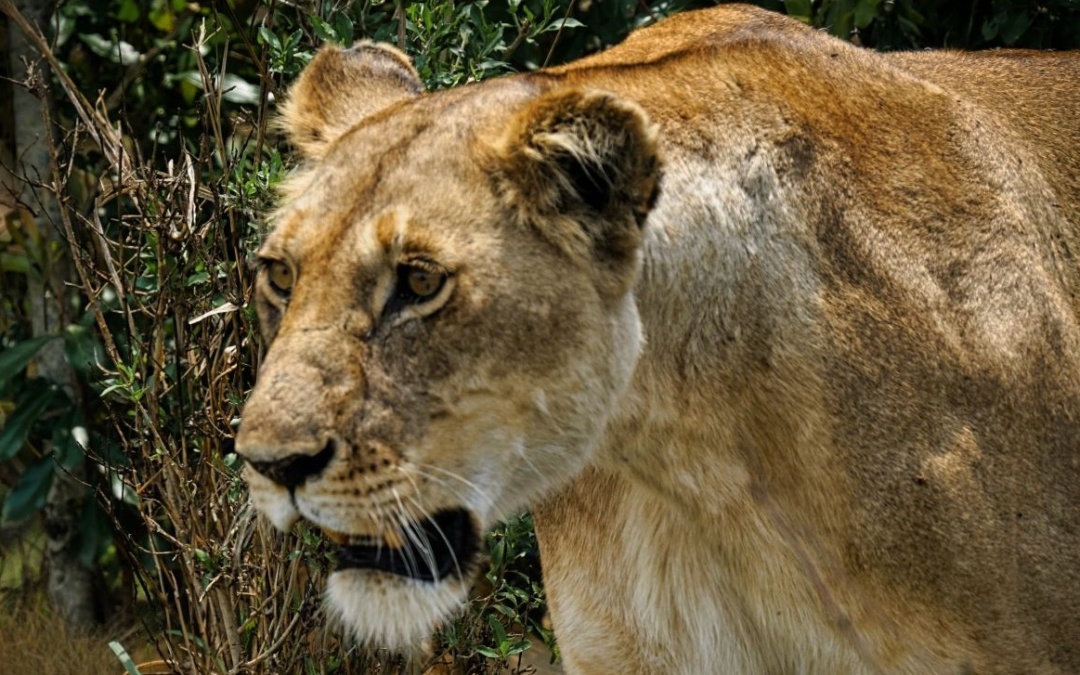
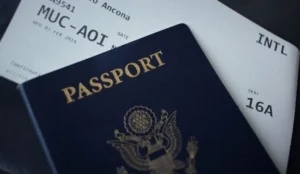


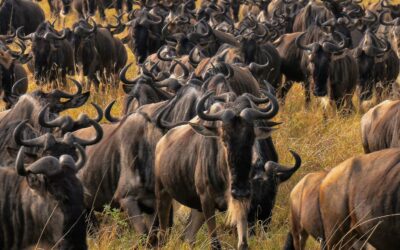
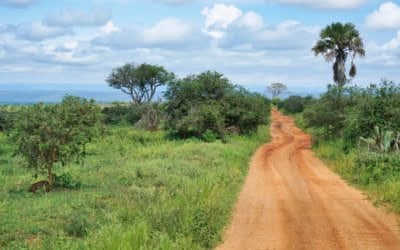

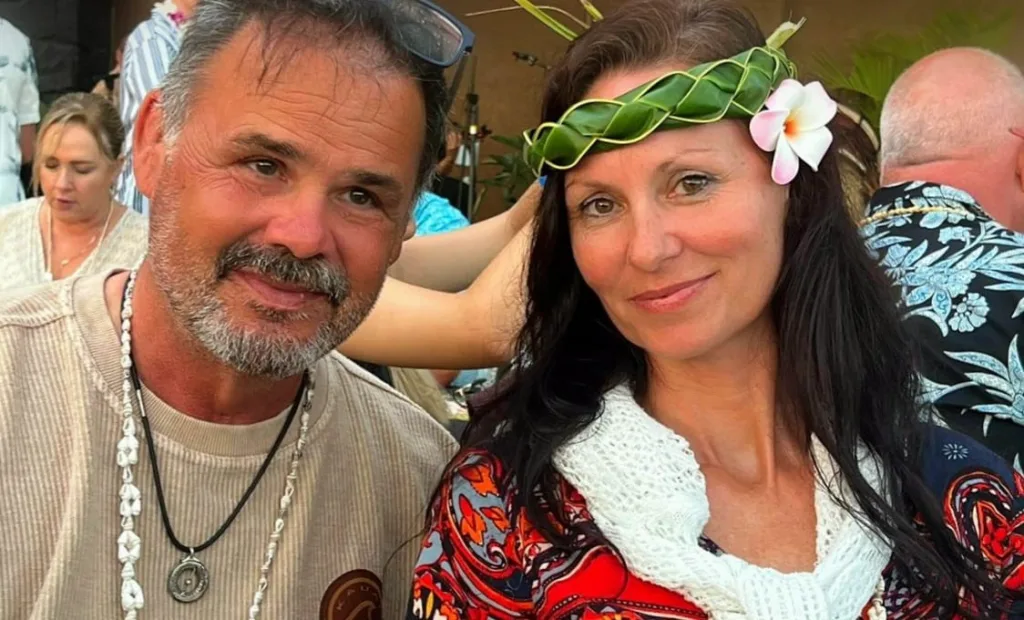


This was beautiful. Thank you for your reflections.